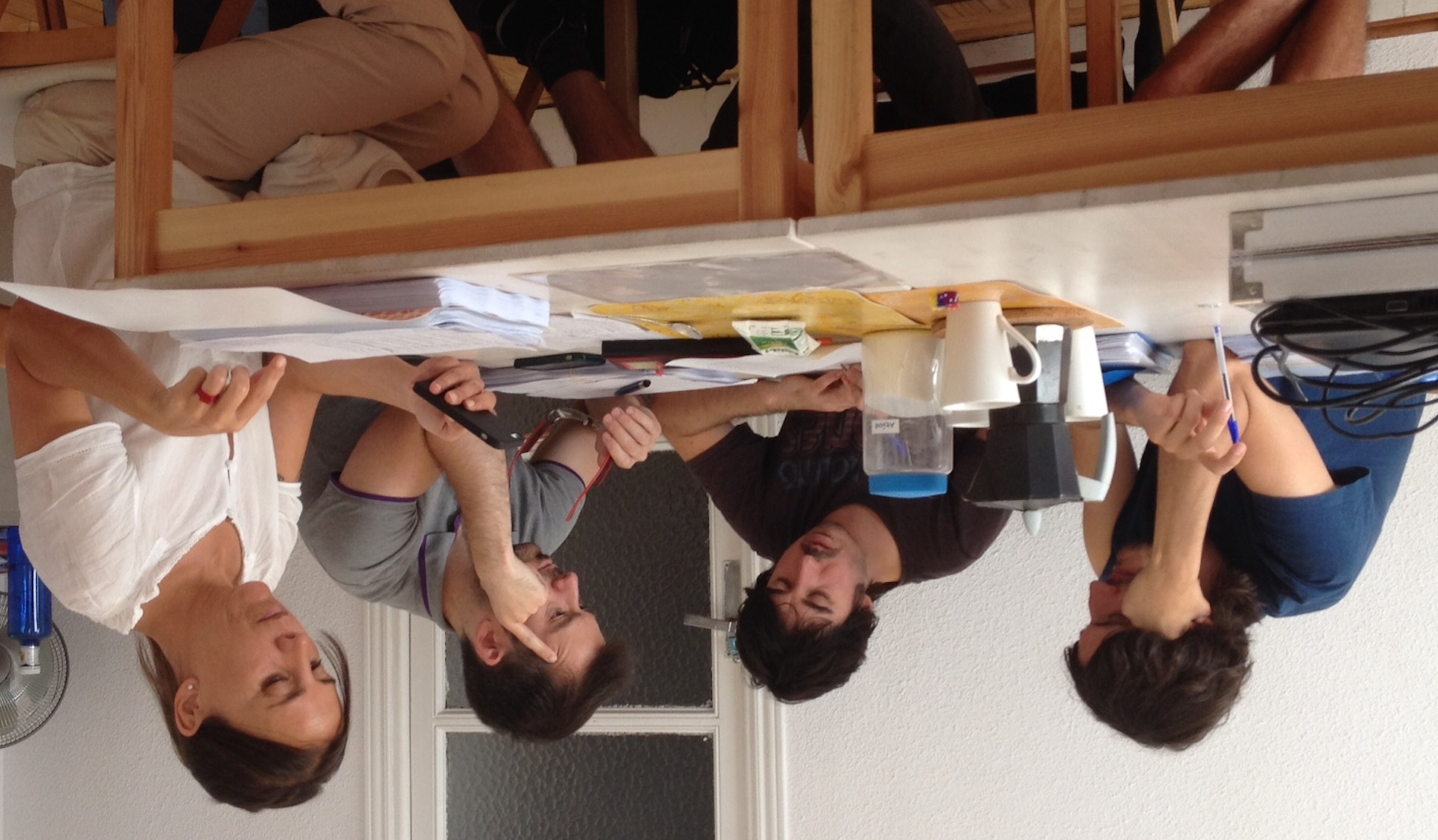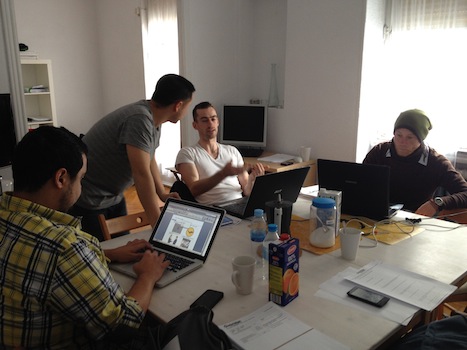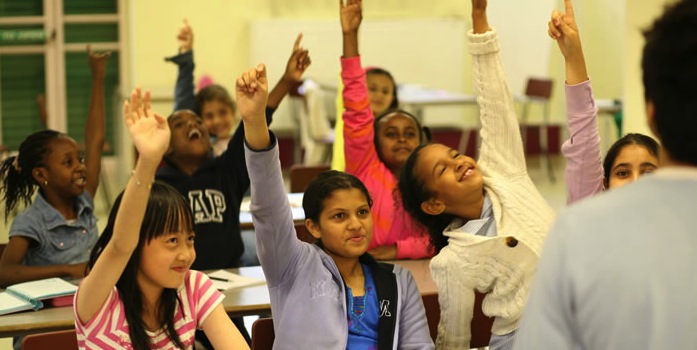In an increasing demand for English classes, important points to consider when teaching kids are how to teach also what makes a good kids’ activity.
Perhaps the most important thing to consider when teaching kids is their attention span. This will change with age, with how big the class is and also how long the class is. They can generally be put in two groups: the under 10s and the overs.
Now, here is an example of a vocabulary exercise for kids. The first one is for over 10 and the second for under 10.
1 - Read the story to the students
'White lions and tigers are very RARE. There are just 1,200 white tigers and 300 white lions in the world. When a white tiger has a baby with a white lion, they have a liger. There are only about 1, 000 ligers in the world and most live in CAPTIVITY. But a white lion and a white tiger have had four CUBS in America. Yeti, Odlin, Sampson, and Apolo are "PUTTING ON a pound of WEIGHT" a day. Dr. Antle, the founder of the T.I.G.E.R SANCTUARY, is amazed by the cubs’ growth. The liger CUBS love swimming like tigers and are friendly as the lions. They also have their own unique personality TRAITS. The little animal loves rolling into a ball and having his HANDLERS STROKE him.
By the time they’re two years old, Dr. Antle believes that all four cats will be at least 10 feet tall and weigh around 750 pounds. It’s hard to imagine these TINY animals getting that big!"
“Look! The CUBS are PUTTING ON WEIGHT.”
“HANDLERS love to STROKE the CUBS.”
3 - Have the students make a sentence using each of the colours.
What type of food is orange?
After reviewing both exercises, we asked the participants of the meeting, what could better these exercises and also what could help us giving more enjoyable classes to the young ones.
Something that everybody agreed on is that if we can make the students forget they are actually being thought something, without losing control of the class, we've accomplish the biggest part of a successful transfer of information. Since the attention span is shorter with kids, we wondered what would be the ideal time length spent on every exercises. One of the teachers at the meeting has kids in that group category and her proposition was around 10 minutes per exercises. We came to the conclusion that the ideal timing would be between 10 to 15 minutes. Another teacher pointed at the choice of topics for the 2 different age groups. The over 10 might want to be treated more like young adults than the under 10. It could be beneficial to your class to adapt your topics. Finally, we thought that having a list of games to choose from, would definitely be a plus for us and the kids.
In conclusion, we want to make the lessons more interactive with the kids. We are looking at shorter fun exercises that will keep them engaged in the class effortlessly. A lot of images, videos and games are good tools to avoid boredom and any type of negative reactions to a class.
Our colleagues in Madrid have recently brainstormed about kids classes and we provide the video for it.
We hope that this will help you construct great and fun classes.






